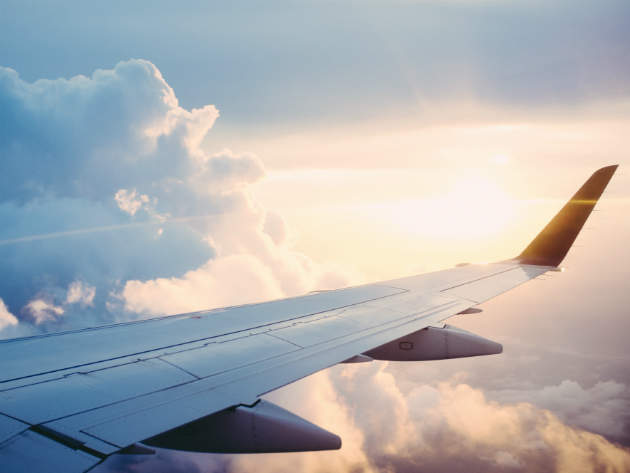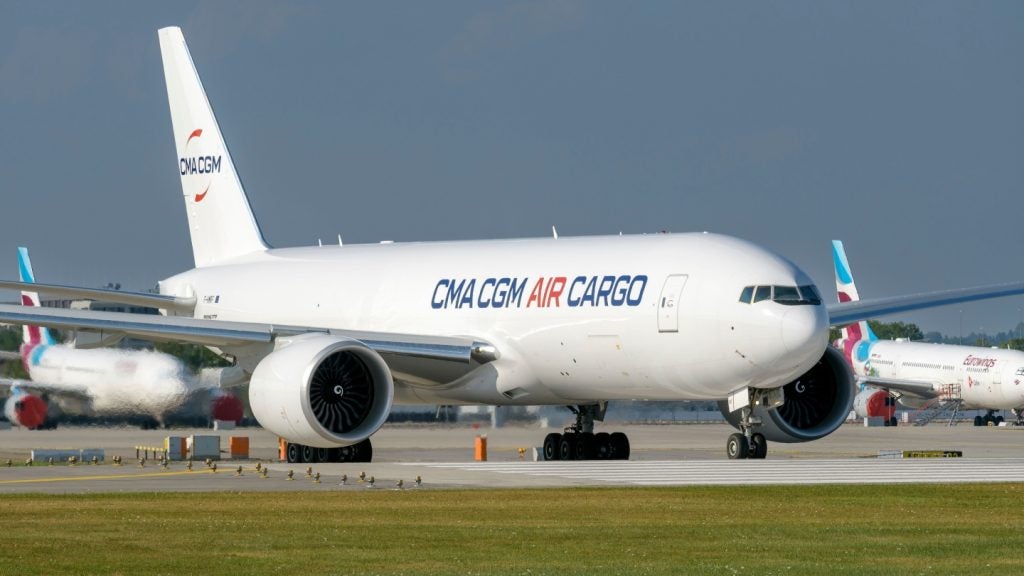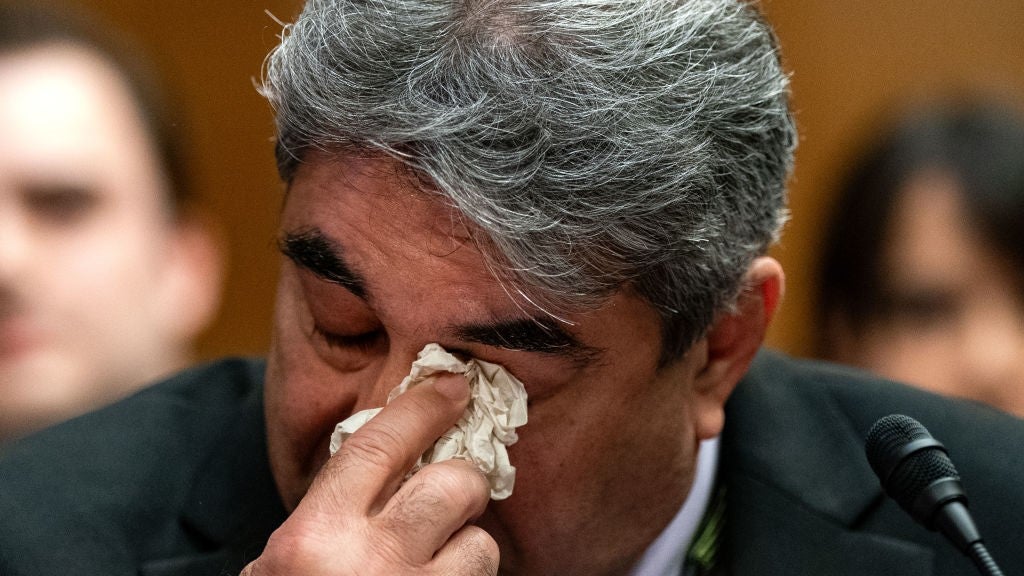
The global pharma industry is booming, with the market for temperature management services, such as the transport of vaccines and medicines, projected to rise to $10.2bn by 2018.
But despite an increasing demand for transporting medicine worldwide, the sector has been falling behind other modes of transportation such as shipping or road, due to a lack of compliance, standardisation, accountability and transparency across the supply chain. The air cargo share of global pharma products transport has declined from 17% in 2000 to 11% in 2013, the International Air Transport Association (IATA) notes.
The reason behind the decline is the difficulty of handling temperature-sensitive cargo across the entire supply chain in a safe and secure manner.
Over 50% of all temperature excursions occur while products are in the hands of airlines and airports, according to IATA, which renders the products worthless or even dangerous for patients.
To tackle these challenges, in March last year Brussels Airport and Miami Airport announced the launch of a new organisation, Pharma.Aero. The ultimate aim is to create a safe, standardised pathway for the transport of pharma products by air.
How pharma products are transported
Due to its nature, medical cargo needs to be transported quickly and efficiently to where it is most needed, and air transportation certainly offers that advantage.
How well do you really know your competitors?
Access the most comprehensive Company Profiles on the market, powered by GlobalData. Save hours of research. Gain competitive edge.

Thank you!
Your download email will arrive shortly
Not ready to buy yet? Download a free sample
We are confident about the unique quality of our Company Profiles. However, we want you to make the most beneficial decision for your business, so we offer a free sample that you can download by submitting the below form
By GlobalDataHowever, according to the Seabury Group, just 0.5 million tonnes of pharmaceutical products are transported by air every year, compared to 3.5 million tonnes by sea. The reason for this difference is that “a lot of things can go wrong” at one of the many handling points across the supply chain, according to Nathan De Valck, chairman of Pharma.Aero and product development manager at Brussels Airport.
“The whole supply chain in the air cargo industry involves a lot of handling points of the cargo. There are a lot of different stakeholders that handle the cargo and each individual shackle in the chain has to be up to standard, otherwise the whole quality of the supply chain can be lost,” De Valck says.
Annual product losses associated with these problems range from $2.5-$12.5bn, a figure that IATA describes as “unacceptably high in a $300 billion a year market”.
At Brussels Airport for example, the supply chain is composed of four elements: the company that forwards the goods to the airport; the forwarding agent that organises the global air transport on behalf of the shippers; the airline flying the cargo; and the handling agent that works on behalf of the airline and ensures the actual transport.
“In general, there has been a disconnect between the expectations and requirements of pharmaceutical shippers and the actual quality of service provided by different logistics service providers in the air cargo supply chain,” De Valck says. “In short, the shippers were not always getting the quality service they were expecting, resulting in a high risk profile and in a number of temperature excursions.”
“As a result, the pharmaceutical shippers have been highlighting this issue over the past few years and have been looking for alternatives and shifting some of their volumes to other modes of transport,” he says.
Setting up a new gold standard
In 2014, Brussels Airport partnered with IATA to create the Center of Excellence for Independent Validators (CEIV) in pharmaceutical logistics, a global quality standard based on the good distribution guidelines. Today, CEIV is the most widely recognised certification in the world.
“The standard is based on two elements: education and standardisation of processors,” De Valck explains. “It’s a very difficult process and it takes a company on average three to six months to go through the certification.”
While the CEIV accreditation goes a long way to ensure that the companies involved in the transportation process can be trusted to follow safe handling practices, a lack of communication between the different entities across the supply chain was still a problem.
As a result, in March last year, Brussels and Miami airports set up Pharma.Aero, an independent association bringing together CEIV-certified members such as airports, pharmaceutical shippers and other cargo stakeholders from around the world. The objective of this collaborative organisation will not be to have as many members as possible, but to focus on quality and content.
“The essential part is that we only accept organisations that have adopted or endorse the CEIV standard,” De Valck says, “because we strongly believe that a company needs to first show the commitment to work on the quality and the standardisation of handling before we can invite them to collaborate with us.”
Spreading best practices around the world
“This example we set in Brussels is now being followed globally by other airports, who have taken the example and are implementing the same things now in their community,” he says.
In October, the association brought in new members, including Singapore’s Changi Airport, Sharjah Airport in the United Arab Emirates, as well as Brussels Airlines, Singapore Airlines and Brink’s Life Sciences. Changi and Sharjah are the first two airports to join as strategic members in Asia and the Middle East, respectively.
Changi Airport saw its pharmaceutical traffic increase by 19% year-on-year over the first nine months of 2016, due to efforts to improve the airport’s local pharma handling standards.
The new association has also received endorsement letters from several pharmaceutical shippers, including MSD, UCB and Pfizer.
“The strength of Pharma.Aero is that we collaborate end-to-end, not just with airports, but throughout the entire lane of the shipment involving the different airport communities where the cargo is handled,” De Valck says.
“We are doing this to accelerate the maturity of pharmaceutical handling in our industry so as to come up with specific solutions for problem areas we still have in the industry at this moment. It’s all about connecting the dots, eliminating the risk in the supply chain and sharing best practices.”





